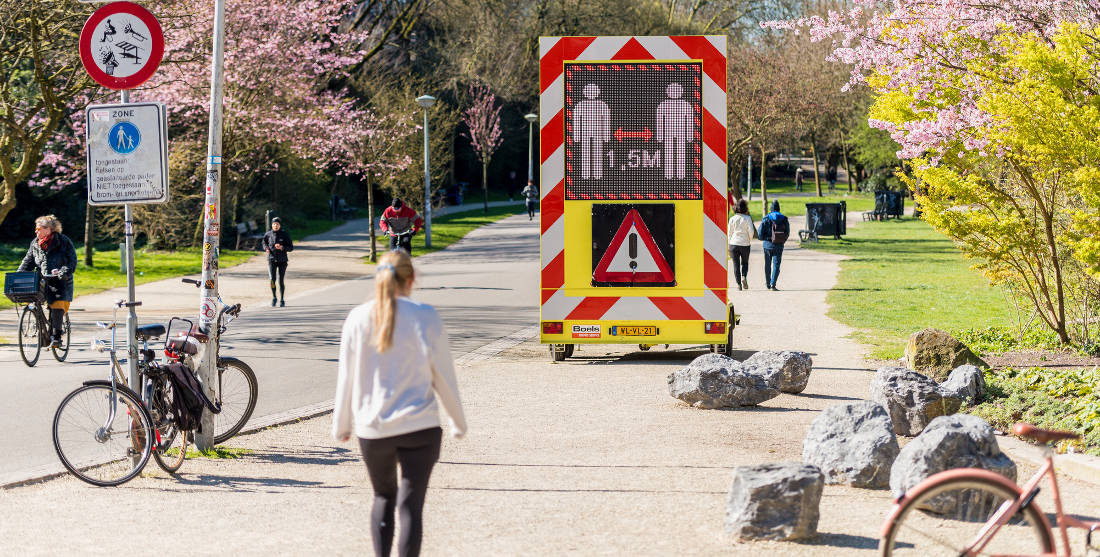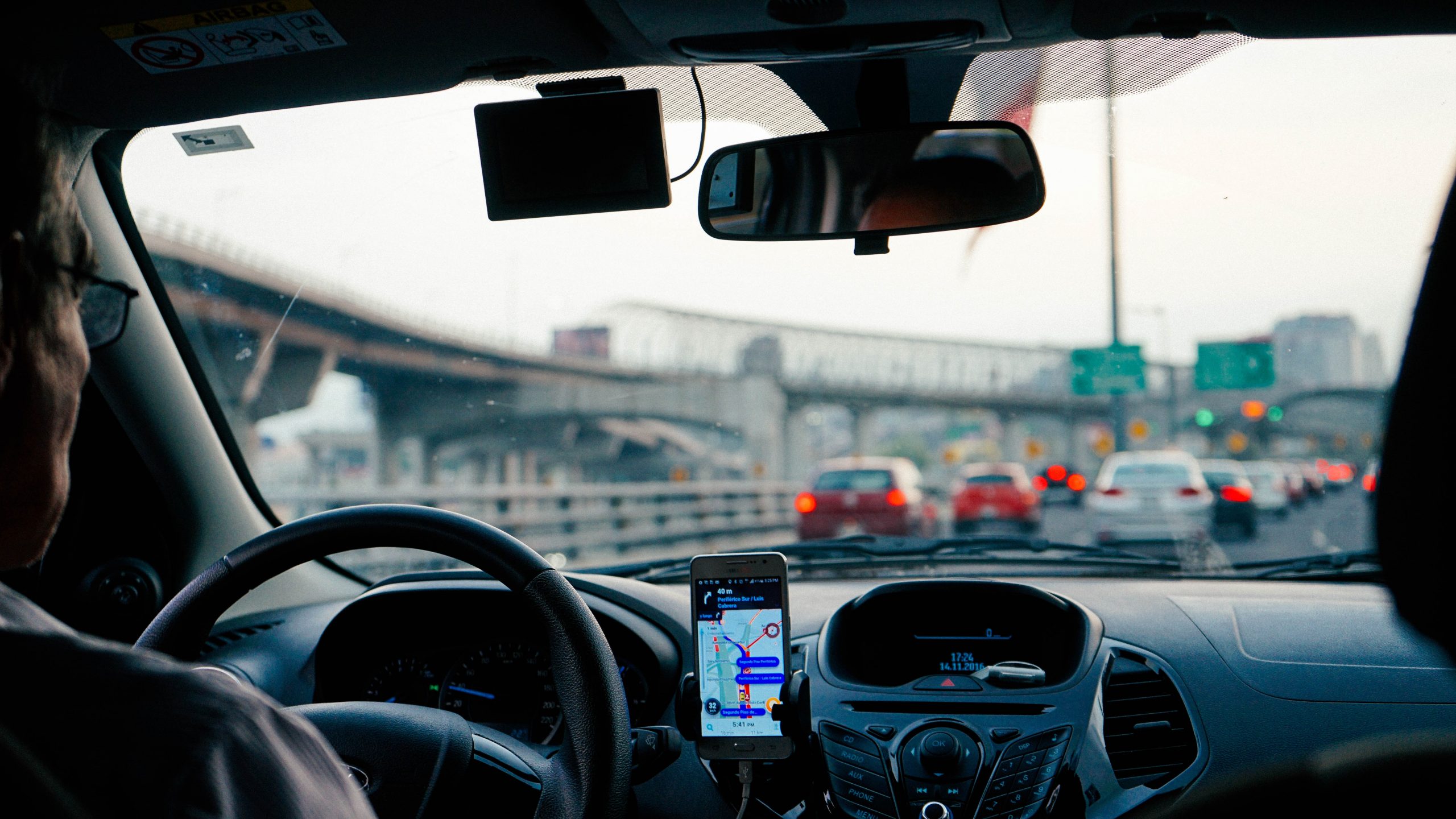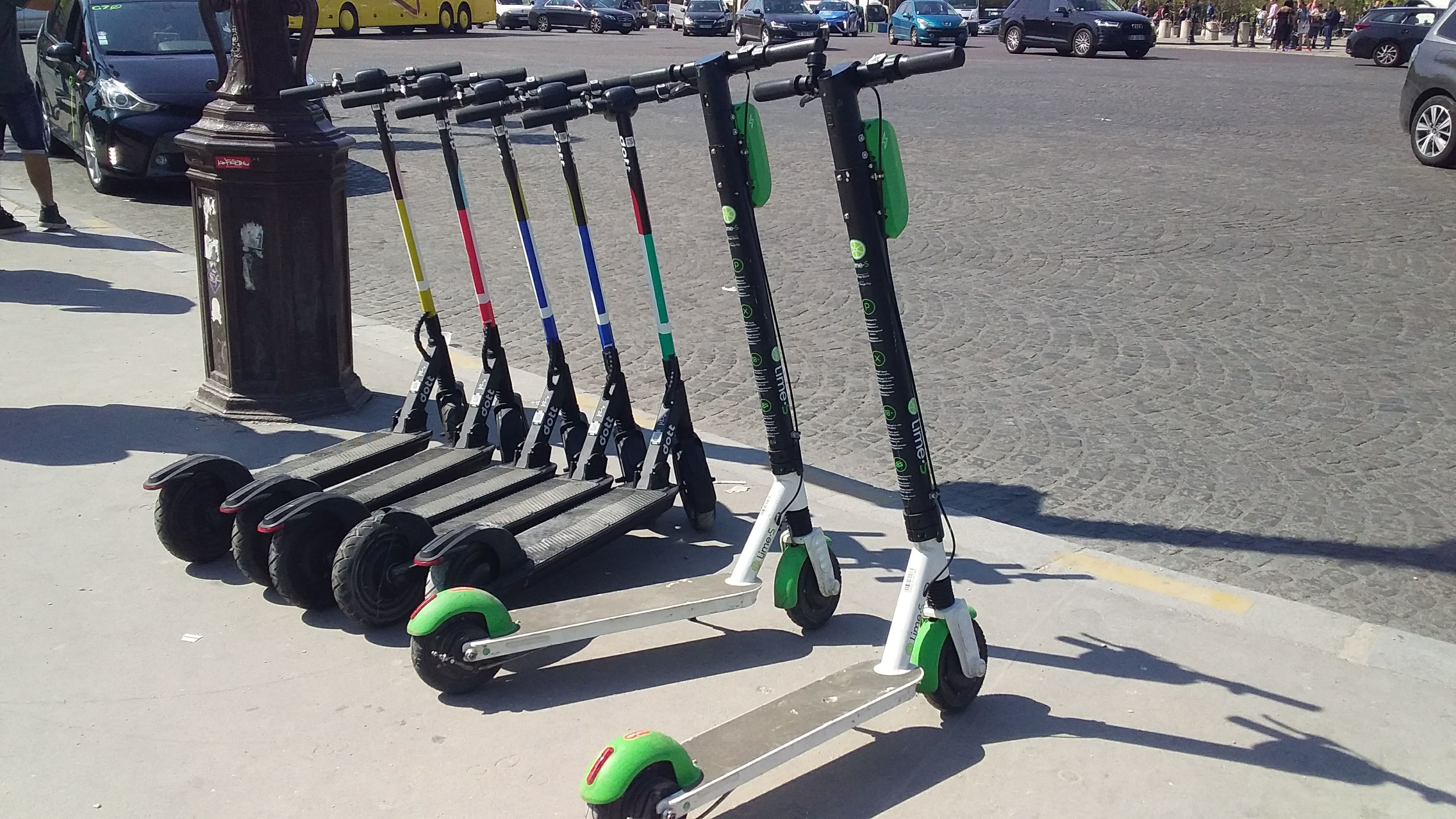Only five months into 2020, the COVID-19 global crisis has changed life as we knew it. Although at times the present resembles a work of fiction, the unprecedented effects on civilization are nothing but real.
Mobility and climate change go hand in hand as lockdowns have made it even more visible. In these areas, the unfortunate pandemic produced an unexpected, positive impact on the environment, as a result of travel bans and millions of people staying at home due to COVID-19 related restrictions.
According to the World Economic Forum, around 90% of the global population breathes polluted air, but as a new reality emerged,
air quality in major cities has improved, and mobility reshaped, registering a significant decrease in traffic fatalities.
As governments start loosening restrictions, the uncertainty on whether these changes are short-lived remains.
Effect on Air Quality
As Scripps Oceanography geochemist Ralph Keeling noted, fossil fuel use would have to decline by about 10 percent around the world and would need to be sustained for a year to show up clearly in carbon dioxide levels.
NASA satellite measurements have shown an improvement in air quality, revealing a 30% drop in air pollution of the Northeast United States as in other regions of the world.
In India´s city capital Delhi, one of the most polluted cities in the world, the levels of nitrogen dioxide (NO2), which is mainly emitted during the combustion processes of fossil fuels (diesel, gasoline, coal) have decreased by 55%.
Road Safety
Since 2015, the United Nations has adopted an Agenda for Sustainable Development, in which the goal is to drive progress towards global road traffic deaths and injuries by 2030.
According to the UN World Health Organization (WHO), road traffic injuries are the leading cause of death for children and young adults aged 15-29 years.
Nearly 1.3 million people are victims of road crashes every year, an additional 20-50 million are injured or disabled.
The numbers shown by the United Nations Economic Commission for Europe (UNECE) are an indicator of the urge for a safer transport system.
In February, WHO Director-General Tedros Adhanom Ghebreyesus described it as “an outrage” during his speech at the Third Global Ministerial Conference On Road Safety celebrated in Stockholm, Sweden.
“It is an unacceptable price to pay for mobility,” he remarked.
How is COVID-19 influencing road safety?
Early this month, the Inter-American Development Bank (IDB) convened a conversation via social media to discuss how transportation, both public and private will look like on the day after, and talk on the measures countries have taken to reduce or restrict movement in the context of the coronavirus.
IDB President Luis Alberto Moreno met virtually with a high-level panel of guests (Gloria Hutt Minister of Transport in Chile, Horacio Rodriguez Larreta Mayor of Buenos Aires, Patrick Klugman Deputy Mayor of Paris, Jean Todt UN SG´s Special Envoy for Road Safety, Amani Abou-Zeid African Union Commissioner for Infrastructure and Energy, and Felipe Massa Formula E & former Formula 1 racing driver).
Moreno started noting that motorized transportation is responsible for 37% of all CO2 emissions.
Transport accounts for 30% of global energy consumption; before the spread of the novel coronavirus began late in December 2019, the
levels of the main long-lived greenhouse gases carbon dioxide (CO2), methane (CH4), and nitrous oxide (N2O), had continued to escalate reaching new highs.
Jean Todt UN SG´s Special Envoy for Road Safety had previously
addressed: “The Road Safety community has been advocating for a bigger shift to active modes of mobility over the past decades for many reasons, including addressing climate change, traffic congestion, noise pollution, and physical inactivity – many reflected in the UN Sustainable Development Goals.
“The impetus that COVID-19 is placing on installations of temporary or permanent infrastructure to facilitate more pedestrians and cyclists (to meet physical distancing recommendations), is yet another positive result of this crisis; not everything has been negative from the transport standpoint.”
Bicycle: Commonly used by transport Authorities
The bicycle is a climate-friendly, popular, affordable, efficient, and healthy mode of transport.
In the last few years, cities have been introducing initiatives such as bicycle sharing systems while creating new bikeways and parking spaces to complement public transport systems and reduce the use of cars in city centers.
The COVID-19 pandemic is leading to a reinforcement of action in the use of this mode of transport with cities developing new urban plans for a safer, cleaner, mobility system that also meets the new social distancing recommendations.
“The urgent need for these active modes of mobility – to allow for physical distancing- has increased and quickened some governments’ investments in their regard. In preparation of the loosening of the lockdown planned starting from May 11th and to facilitate active mobility (rather than the use of private motorized vehicles), Paris, for example, is now accelerating towards their 2024 “Plan Vélo” goal – ultimately for every street in the city to become cycle-friendly,” Todt further explained.
Paris, France
Patrick Klugman Deputy Mayor of Paris said that the crisis is not a game-changer on the objective of reducing the pollution of the car in the city.
“It was a long term goal, but this coronavirus crisis makes it a bigger emergency than ever.”
The number of Parisians using bicycles in the last two years increased by more than 150%,” according to Klugman.
“The goal is to reduce the most the place of the car for safety reasons and pollution reasons, and the bike is the first solution we are trying to promote.”
“We are doubling the lane of the subway with new bike lanes that we are prohibiting from cars.
This is a very innovative solution for us, but it is something that we take from the experience of cities in Latin America.”
In addition, new parking zones are being created around the city (Greater Paris) to encourage people to leave the car in the parking zones, and continue from there their trip to Paris using the bike.
“In public transportation, we are making face masks required, which will be distributed by the public transportation company.”
The Deputy Mayor of Paris also commented that buses and metro services in the city are increasing the activity but reducing the stations, discouraging the use of public transportation for short distances.
Of course, there will still be a place for the car, but we will try to have cars for the people who need to use the car.”
Latin America Case
Chile is one of the many countries which are promoting the use of bicycles for environmental and social distancing reasons.
During the conversation with her colleagues of the IDB, Gloria Hutt Chile Minister of Transport stressed, that mobility and cities will change post-COVID-19.
The Minister remarked that despite observing a decrease in road fatalities due to less traffic, 16% in March, and 30% in April (compared to last year), a significant increase (50% more on average) in speeding vehicles circulating in the cities.
“In the future, we have to work very hard on educating people in respecting the rules of using the streets.”
“We would like to have cities with the majority of people using public transport or non-motorized modes, that´s our target.
“We have seen some statistics like in China, where it seems people are buying more cars, that´s a risk we have to prevent with the right conditions once we start to work again massively,” she concluded.
The Latin American country responded quickly when the first cases appear in March and opted for a dynamic quarantine system in different areas and four phases.
Nevertheless, a recent spike of the virus led to the decision to announce a total lockdown for city capital Santiago de Chile with nearly 6 million inhabitants.
Also, a nationwide quarantine for people over 75 is in effect.
Chile´s population is estimated at 19 million people, so far, the country has 37,040 confirmed cases and 368 deaths.
On March 20, Argentina President Alberto Fernández announced a strict nationwide lockdown to contain the spread of the virus on the country, since then some restrictions have been eased.
In the urban Greater Buenos Aires area, which encompasses a population of over 15 million, the lockdown has been extended through May 24.
One of the measures taken in the context of the coronavirus by Horacio Rodriguez Larreta, Mayor of Buenos Aires, is promoting the use of bicycles, working on gaining space with more areas being available for pedestrians and bikes.
“We have very long pedestrian areas in downtown Buenos Aires, and probably one of the largest dedicated bike pathways around the city, we go around 250 kilometers.”
“With the quarantine, we are promoting urban transportation, which somehow accelerates our view of what we are envisioning for Buenos Aires for the next years.”
“As a general concept, we are trying to avoid anything related to the car.
The space of a car is too big to transport a few people or many times one person.”
“We are experimenting, and we are very excited about driverless, small buses.
Also, we are in the process of testing, in Buenos Aires, more efficient buses in terms of emissions,” he explained.
Argentina, a country with a population of about 44 million people, the quarantine began March 20 has 7134 confirmed cases and 353 deaths at the time of writing this article.
To this date, the pandemic has infected more than 4 million people in over 180 countries, claiming over 300.000 lives.











